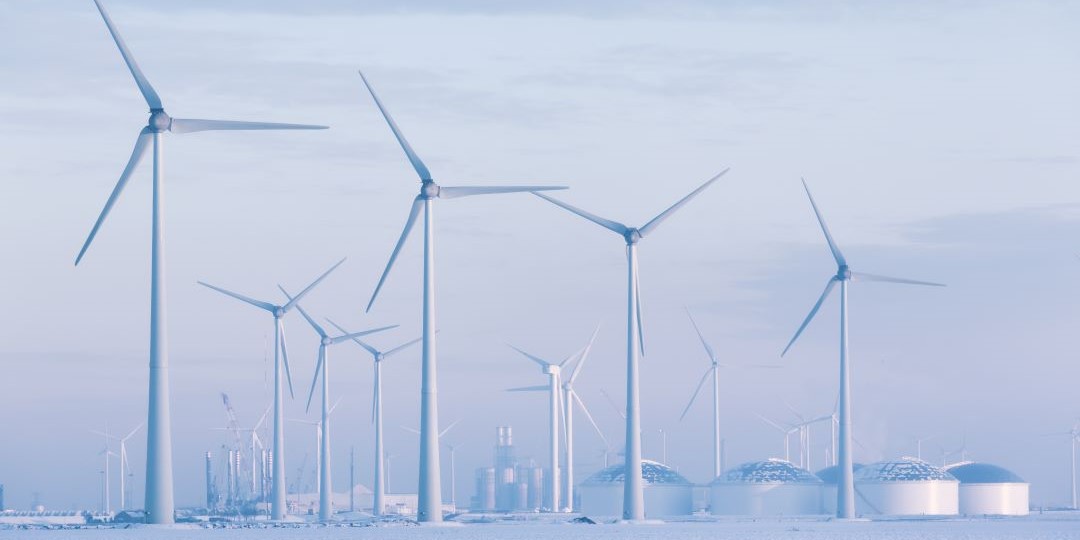by Richard Schulte, NERC Reliability Specialist
Fall has arrived here in the US, and Winter is not far behind. It is time to prepare for the coming cold weather, and the chance that extreme cold conditions could occur. When we think of cold weather, we think of the Northeast, Midwest and the Plains States. The Southern and Southwestern sections of the country have also seen extreme cold conditions. In February 2011, Albuquerque, New Mexico had low temperatures range from +7 to -7 degrees February 2 – 6. On February 25, 2003 temperatures in Dallas and Austin Texas did not rise above freezing. Wherever you are located, there is a chance that a polar vortex could affect you. Here is an excerpt from ReliabilityFirst’s Review of Winter Preparedness following the Polar Vortex:
“In early January 2014, the Midwest, South Central, and East Coast regions of North America experienced an extreme weather condition known as the “polar vortex.” ReliabilityFirst Corporation (“RF”) took a number of actions following the polar vortex to understand the issues that occurred during the polar vortex and the extent to which those issues have been resolved. In conducting this work, RF identified positive observations and best practices indicating improvements in cold-weather preparedness, along with areas where Registered Entities could still improve. RF also took a broader look at the polar vortex and identified four themes that emerged in terms of actions to take to prepare for future similar weather conditions, and identified management practices, that, if implemented, could assist in the preparation. The purpose of this report is to communicate these observations, best practices, areas for improvement, and themes and management practices so that we can all learn from the events during the polar vortex and improve system reliability and resiliency during extreme weather events.”
As we prepare our facilities for the coming winter, this report has several best practices and positive observations to help keep your facility operational and maintain reliability of the electric grid. Examples of observations and practices:
- Install additional freeze protections, including heat tracing circuits, wind and cold barriers or windbreaks, enclosures, double insulation and portable heaters
- Generate and distribute a checklist of duties to operators 72 hours prior to an expected storm or cold weather event
- Pre-schedule operation of the generating facility prior to and expected storm or cold weather event
- Schedule an extra operator who is dedicated to monitoring any potential or realized adverse effects of cold weather conditions
RF goes on to say: “It is important for entities to learn from their own good practices and from others’ good practices. Additionally, although it is also important for entities to learn from past failures and issues and to correct those realized failure modes, it is equally important, if we are to achieve a robust reliable system, that entities contemplate possible future, yet unrealized, failure modes so as not to have to endure actual failures and issues before taking the appropriate mitigating actions.” RF encourages entities to:
- Proactively identify future possible failure modes
- Contemplate likely root causes that might precipitate those failure modes;
- Perform a reliability risk assessment and prioritize the high risk/high impact root causes and failure modes;
- Design and implement controls to mitigate those risks; and
- Periodically verify and validate the effectiveness of those controls
